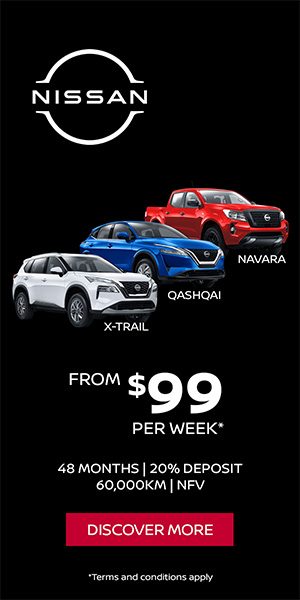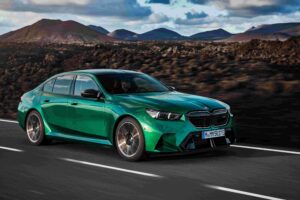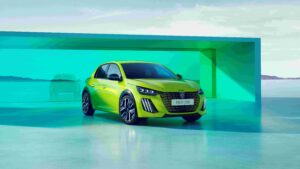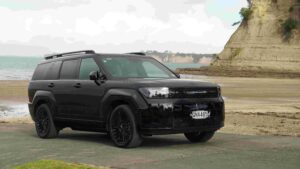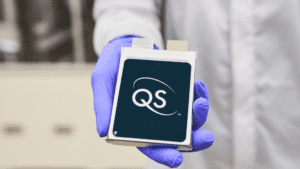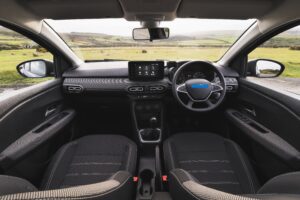If, like me, you thought rideshare app Ola was a recent NZ start-up built to follow on the coattails of Uber, think again. We got the chance to speak with Entrepreneur Brian Dewil, the man behind Ola here in New Zealand, to get the lowdown on what makes the rideshare so good.
First of all, the stats: Kiwis have rapidly adopted Ola, with nearly 2 million kms travelled in 6 months. More than 7,000 drivers have registered with the Ola platform so far. Ola NZ is seeing 50% new user growth month on month. Since its launch in NZ Ola has facilitated more than 500,000 rides for Kiwi customers.
Here’s everything you probably didn’t know about the US$322M + Global Ridesharing company.
The Ola name, where does it come from?
“That’s a good question, we haven’t really got to the bottom of that. Remember it’s not Hola the Spanish for Hello. I’ll find out. Maybe it’s the name they could get a dot.com for. A three-letter word with a DotCom next to its name is like hen’s teeth these days. ”
How long has it been around?
“Ola was founded in 2011 in Bombay India by a young guy called Bhavish Aggarwal and his (then) student friend Ankit Bhati. they forged their way through a very complex environment in India to build rideshare. It was a massive challenge, the education piece alone around technology for drivers in India was daunting work.”
This was before Uber?
“Yeah, Uber came in later, just as they did in China. incidentally,in China, Didi Chuxing (their rideshare version) bought out Uber. Didi are a $450M + organisation, they have recently launched in Australia and I think the UK. About a year and a half ago, Ola launched in Australia, then the UK about 10 months ago and then here in NZ about 7 months ago.”
Brian was the first employee in NZ, his background with Urban Sherpa (an on-demand concierge) and his other Entrepreneurial ventures that he posted on his Linked In profile, caught the attention of the company and asked if he’d be interested. So Ola began here in NZ, on a Laptop in his spare room at home.
Was it difficult to launch?
“It’s not as though we’re re-educating the market around a new thing. The market is educated, as are the drivers and the customers, so it’s more or less the fact of giving an alternative. We are a substantial challenger to what we consider a virtual monopoly and we came in with a nice sweet offer to the drivers, initially a 9% off when they joined us and now it’s capped at 18%. So they make a lot more money on each trip.”
Can drivers do both?
“Absolutely as long as they have their passenger licence. They can either have their own passenger licence or they can use ours. They do this a lot overseas, the driver can have two or three apps open but they will usually default to two, the ones that give the most work.”
From a driver’s point of view, is it just the money?
“Ultimately, the drivers are only in it for the money. Obviously, there is the loyalty from the Indian drivers because of where we originated, of course it’s the money, but also there’s the aggressive nature of our advertising also shows our drivers that we are making a massive investment to get them customers. We also have ‘driver hubs’ events where drivers can come and talk through issues or sign up and in Wellington we have taken over a BP station and we run events there on a Friday night, 4pm-10pm, we have coffee and tea.”
How many vehicles do have on the road now?
Since we launched, we’ve had 10,000 drivers sign up with us. How many drivers are ‘on’ varies a lot but it’s a significant amount of drivers that’s for sure. It’s a big number, very quickly and it’s all about us matching it with the volume of trips. It’s a balance, have we got enough trips to keep our drivers engaged and vice versa – demand/supply.”
How does that compare with Uber?
“Well Uber has only ever published 6,000 but I can’t believe that’s true.”
Globally, who is bigger?
“Uber, they are everywhere.”
Do the profits stay in New Zealand?
“Yes, one of the things we are is a registered company in New Zealand. Our strategy was to come in, compliance everywhere, follow everything we needed to do, register in NZ, everything stays in NZ, NZ made accounts and follow all the processes.”
What about driver/passenger safety? I see Uber are marketing around that at the moment.
“Ola has a big red emergency button and that was kind of a first. Drivers and passengers both have access to this button which takes you directly to the local emergency service. We pride ourselves on our safety features and that was a unique feature that Uber now have on their app. There is a sense around that it’s safer to go in a Taxi, because Taxi’s seem to be registered and legal, but what people may not realise is that the Ola driver has to go through the same process that a Taxi driver goes through.”
“When you look at rideshare, it’s probably safer than many Taxis, in a sense that I can be in India on a trip and I can share the details with my wife in Auckland saying here’s details of my trip. She can track me wherever I am, she can see the driver and so forth.”
Are corporations going to use Ola?
“Most definitely, corporates are using rideshare all the time, certainly for the savings.”
But what about the standard of vehicles for the more luxury driver customers?
Rideshare will come up with premium categories, not for us in NZ at the moment but in Ola globally we have at least twenty-five different categories which includes personalised categories, you can choose to get an Ola with videos, a big Ola, a small one, a TukTuk.”
How has Uber Eats affected Ola?
“I think if you’re looking at the rideshare market, there’s obviously this idea that there’s a great opportunity within Eats, especially in NZ. If you look at my [business] experience in the past, not wanting to go into eats at all but being defaulted into it, that’s always been there. A scalable eats business is a big expensive business to run, Uber obviously has the money to do that, it’s an early green opportunity that hasn’t been captured before, it’s a massive growing category. Ola do it too (overseas), we bought out Food Panda which is Asia’s biggest food delivery company, so probably in the future here.”
“Priority for us here right now, is to establish rideshare, establish our position in the market place and there’s a lot of innovation we do as a big company, Electric Vehicles, electric Fleets, Scooters, there’s all sorts of things we do, we’ll bring that in once we’re comfortable and settled here.”
“We’re here for the long run, so nothing’s off the table in terms of what we’d look at.”

